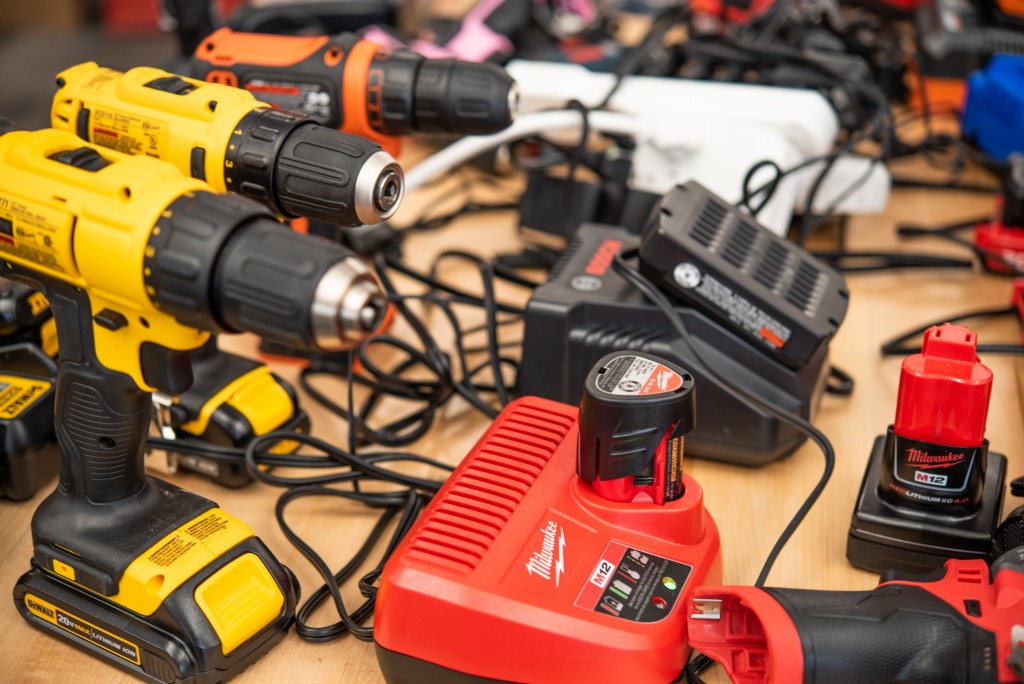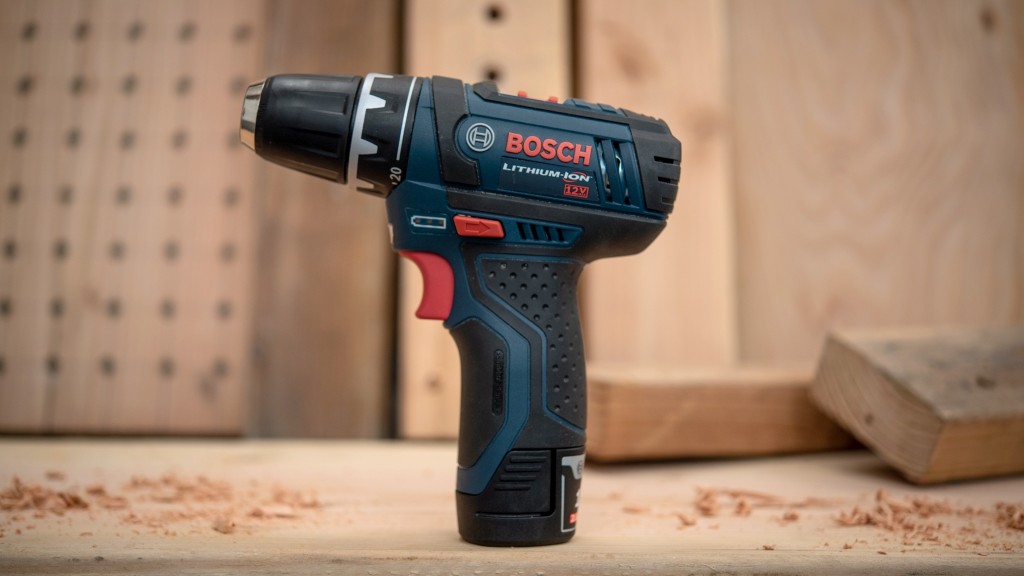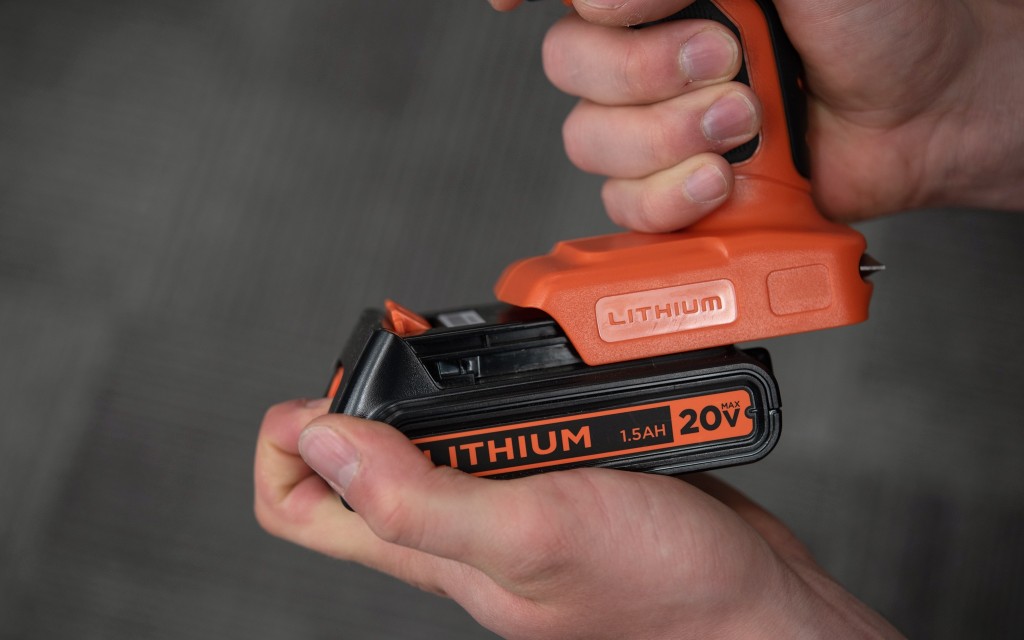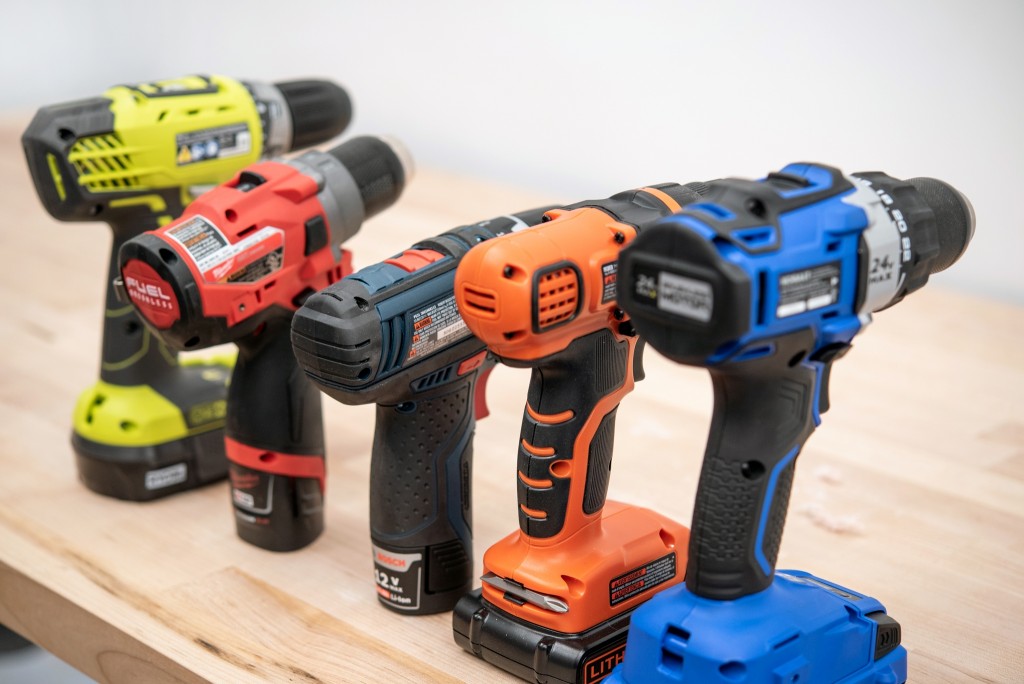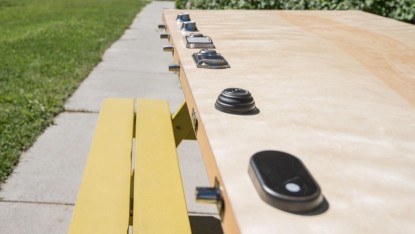Feeling lost in the power tool aisle at your local home center when searching for a new drill? We bought all the best drills on the market, which today are all cordless models, and drilled hundreds of holes, drove thousands of screws, and drew upon our own expertise using these products, as well as some expert consultants to compile this guide to help you find the perfect cordless drill for your DIY needs.
Step 1: What Are You Going To Use It For?
The first thing to consider when shopping for a new drill — or any tool for that matter — is to think about what you are getting it to do. Some people seem to collect tools just to have them and different power tool manufacturers do an excellent job of creating brand loyalty with tons of marketing, but this isn't really the reason you should be buying one. The main purpose of getting a cordless drill is to make it faster and easier for you to complete projects, regardless if you are a weekend DIYer, getting ready for a major home renovation, or are a professional using a drill on a daily basis, and the type of projects you are planning on doing is the main thing that will inform your purchase decision.
If you only ever plan on doing some weekend DIY projects, like hanging pictures, assembling furniture, or even the occasional HGTV or Pinterest project, then it definitely doesn't make any sense to pay a premium for a heavy-duty drill. All of our budget picks could handle the hole saw required to install a deadbolt on a door, which is probably the most commonly encountered project for weekend warriors and homeowners that is particularly taxing for a drill.
Additionally, these budget options are much more compact than their heavy-duty cousins and can easily be stored in a drawer or cabinet. They are also much lighter and are much less cumbersome to use than the more powerful models. However, they definitely do lack the power of the bigger drills, struggling or overheating in tests that didn't phase the larger models.
If you are a routine DIYer or use a cordless drill on a semi-regular or regular basis, you will definitely find the increased power of a larger heavier-duty tool useful.
However, the price of the drill usually increases commensurate with the power
Step 2: What Kind Of Batteries Should I Get? Brushed or Brushless?
Now that you have been thinking about whether you need a light-duty or heavy-duty cordless drill, you might be wondering what separates the two and what is the easiest way to tell them apart. While there are a few other differentiating features on drills, the main factor that will determine a drill's power is its operating voltage and the battery chemistry, followed by its motor.
Starting off, we would recommend that you only consider cordless drills that have a lithium battery system. At this point in battery technology, it really is the only option to consider. The older nickel-cadmium batteries — commonly referred to as “nicads” — just can't match the energy to weight ratio and the power delivery capabilities of newer lithium batteries. So, step one in picking a new drill is looking for a lithium battery. Step two is picking a voltage.
The listed voltage on these batteries is considered the battery's nominal voltage, which means that you might not read the exact value if you probe it with a digital multimeter, though it should be close if the battery is fully charged.
If you are looking for a lighter duty drill, then you should start by considering a 12-volt system, followed by some of the smaller 18/20-volt models. A 12-volt drill is at a disadvantage power-wise to a higher voltage drill, but a nice 12-volt lithium drill from a reputable manufacturer will have more than enough power to accomplish practically every task a DIY weekend warrior. Additionally, these drills are less expensive, lightweight, and compact enough to easily stash in a kitchen or garage junk drawer — we all have 'em, you know exactly what we are talking about. Many of these drills even have a pistol grip configuration without a bulky battery on the bottom.
Some of the smaller 18-volt or 20-volt drills are also quite inexpensive and are a good option for a homeowner as well. The vast majority of these smaller drills are going to have brushed motors, so you usually won't have the option to pick.
If you are a hardcore DIYer or a professional, then you are definitely going to want to get at least an 18-volt drill — and one of the burlier 18-volt drills at that. You also are going to be looking at the models from the typical top-tier tool manufacturers (Kobalt, DeWalt, Bosch, Milwaukee, Makita, etc.). These drills are going to be much heavier than the typical homeowner models — none having the pistol grip style — usually due to the fact that they have much larger batteries and more parts made of metal.
Additionally, you will start seeing the type of motor advertised with these higher-end products, offering you the choice between a brushed and a brushless motor. A brushed motor relies on physical carbon brushes that drag across copper pads as the internal shaft of the motor rotates to switch the direction of the electrical current to create the force that drives the motor. A brushless motor relies on electrical circuitry to switch the direction, so there are fewer moving parts than a brushed motor. While this might sound confusing, don't panic. The only thing that you have to take away from this is that the carbon brushes will slowly wear down as they drag across the pads, eventually needing replacement.
You can usually order replacement brushes from the manufacturer for a relatively inexpensive price, but there is definitely something to be said about the benefit of never having to worry about this. Additionally, brushless motors are usually more powerful and continually getting better as the technology improves, so we would recommend getting a drill with a brushless motor if possible.
However, plenty of homes have been built and projects completed with brushed cordless drills, so don't worry too much if you think you have found the perfect drill and the only thing holding you back is its brushed motor.
You just need to look at what matches your budget and your planned use to make the decision and think about if you are planning on buying more tools, which we will cover in the next section.
Step 3: Shopping For Other Tools?
The last thing to think about when you are purchasing a drill — unintuitive as it may sound — is to consider what other tools you may want to buy in the future.
You'll notice that buying an additional battery for your drill might be almost as expensive as getting a second drill! A huge portion of a cordless drill's cost is its battery system, so many companies treat their cordless drill combo kit as the introductory purchase to their particular line of tools. They then sell other tools at a reduced price as a bare-tool option without any batteries, relying on the fact that you already have them. For example, you may buy a cordless drill combo kit for $100 or $150, but then be able to buy a bare-tool circular saw or a bare-tool sander for $50 or $60. Additionally, many companies also will sell bundle kits, pairing a cordless drill with an impact driver or even adding in a circular saw or work light. These bundle kits can actually be a pretty good value, so it might make sense to save up a bit and get your cordless drill in a set if you were planning on making the other tool purchases anyways.
It ends up being significantly more expensive for you in the long run to have multiple battery systems, so it pays off to get multiple tools that use the same system and share the batteries between them. This means the final thing you might want to do when picking between drills is to check what other tools that manufacturer makes that use the same battery system and make sure that your future planned purchases are on that list.
Conclusion
Hopefully, this guide has given you enough knowledge to pick out your first cordless drill, or at least clarify some of the terms if you already have experience with these tools.







